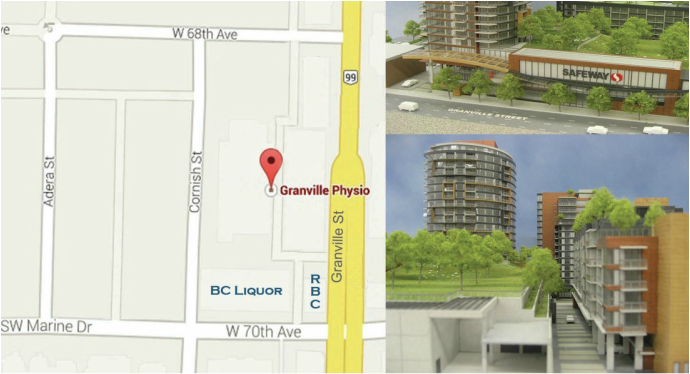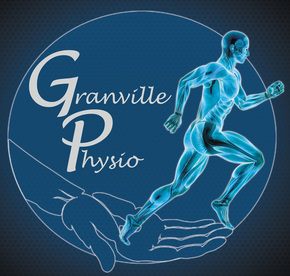In the last decade in an attempt to make office work more healthy there has been mass proliferation of standing while working on the computer (see our blog on how to set up your office workstation here). Granville Physio's very own therapist, Jim Bowie, not only has a degree in Physiotherapy but also studied biomechanics extensively at SFU and worked as an ergonomist at Humantech the world's largest ergonomics consultant firm. His suggestions for standing at work is to try to alternate between sitting and standing multiple times per day. Jim says "ideally as humans we would be switching positions several times per hour but that's not really all that practical so I'd recommend 2-3 hours out of an 8 hour shift in 3-4 standing spells. Unfortunately for students it's even harder to spread out those spells as they're often forced to sit on the way to school, while at lecture, and also while studying. They're also more constrained for space and budget."
Enter the Anthrodesk's sliding standing desk converter. It's a cost competitive $99 CDN solution that doesn't take up too much space on the desk. Anthrodesk was kind enough to give us a unit so we could see if it was something we would recommend. We had multiple users at Granville Physio take it apart and set it back up and the comments were consistently that it is easy to assemble (it requires no tools). Additionally, it is light enough to easily pick up which is a benefit in places like a dorm room where if you need desk space you can lift up the desk converter and place it on your bed.
Most importantly we need to talk about how it functions. Once set up, we found that while the hinges for height adjustments are easy to access and use, it takes effort to move the platform upwards and requires removal of your device from the platform before adjusting. While the desk converter provides ample adjustment for the keyboard level height, the monitor level height is more constrained.
As you can see in the photos below for the first individual at 5'2" there is about 4 more inches of height adjustment available for optimal monitor height off of a tablet. She is able to have the desk converter at a good height for both her elbows and neck. In the second picture you can see this 5'11" individual has the keyboard tray in a good position but the tablet height is still several inches below the ideal height.
Enter the Anthrodesk's sliding standing desk converter. It's a cost competitive $99 CDN solution that doesn't take up too much space on the desk. Anthrodesk was kind enough to give us a unit so we could see if it was something we would recommend. We had multiple users at Granville Physio take it apart and set it back up and the comments were consistently that it is easy to assemble (it requires no tools). Additionally, it is light enough to easily pick up which is a benefit in places like a dorm room where if you need desk space you can lift up the desk converter and place it on your bed.
Most importantly we need to talk about how it functions. Once set up, we found that while the hinges for height adjustments are easy to access and use, it takes effort to move the platform upwards and requires removal of your device from the platform before adjusting. While the desk converter provides ample adjustment for the keyboard level height, the monitor level height is more constrained.
As you can see in the photos below for the first individual at 5'2" there is about 4 more inches of height adjustment available for optimal monitor height off of a tablet. She is able to have the desk converter at a good height for both her elbows and neck. In the second picture you can see this 5'11" individual has the keyboard tray in a good position but the tablet height is still several inches below the ideal height.
Having said that this is still light years ahead of the cardboard box method in terms of durability and providing extra space for items to be stored below and at the same height as the keyboard. See below for the free but completely unergonomic method and the only slightly better $35 CDN option.
Our final verdict was this is a great solution for the price. This will work for those people on a budget with confined space. So any parents looking for something for their kids in senior high or university this is a great idea. Head over to: www.anthrodesk.ca/manual-desk-converter-black.html to purchase yours today.
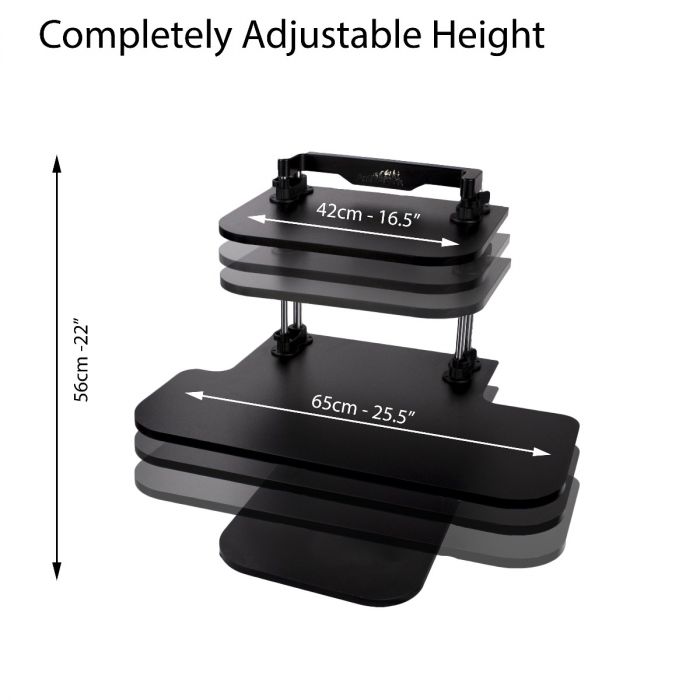
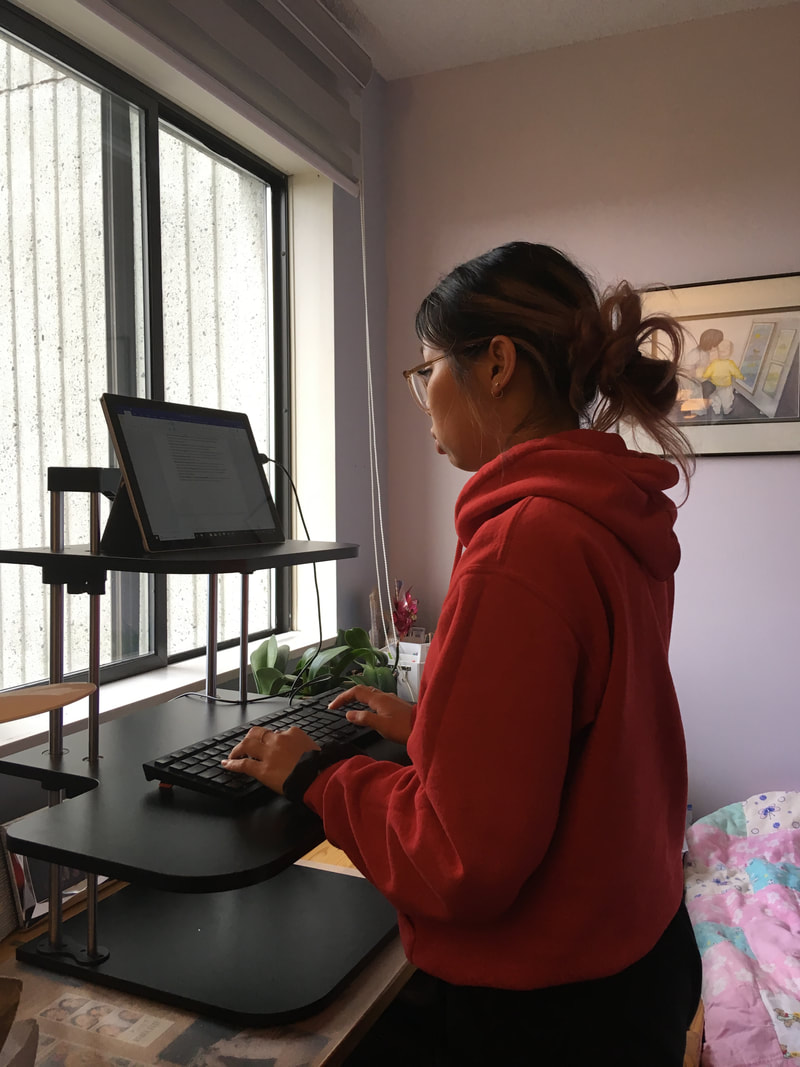
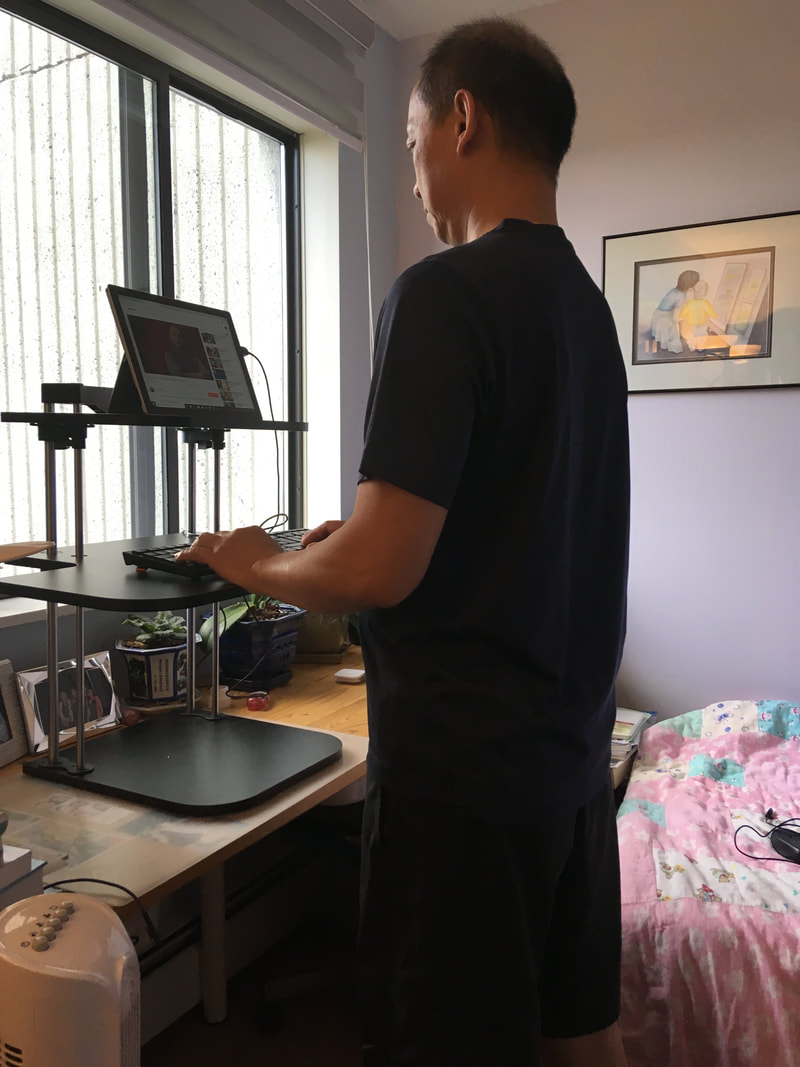
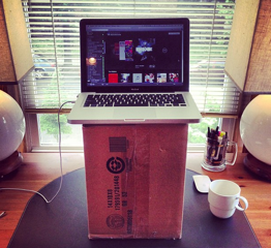
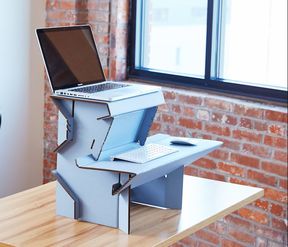
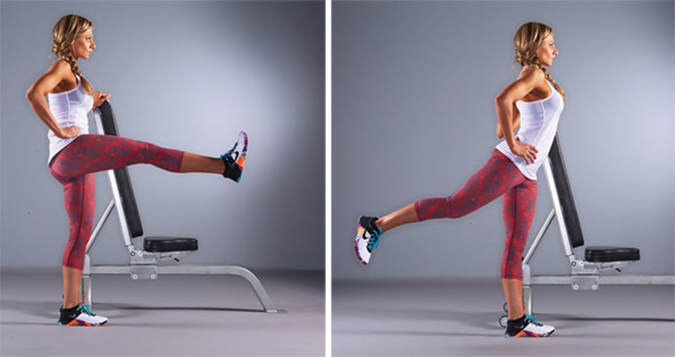
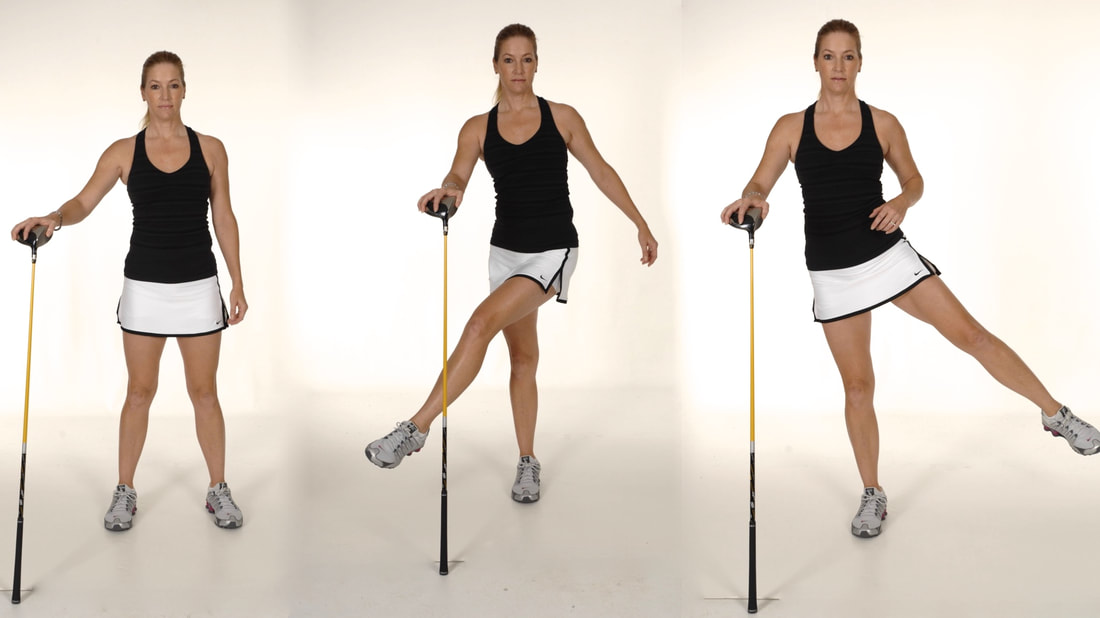
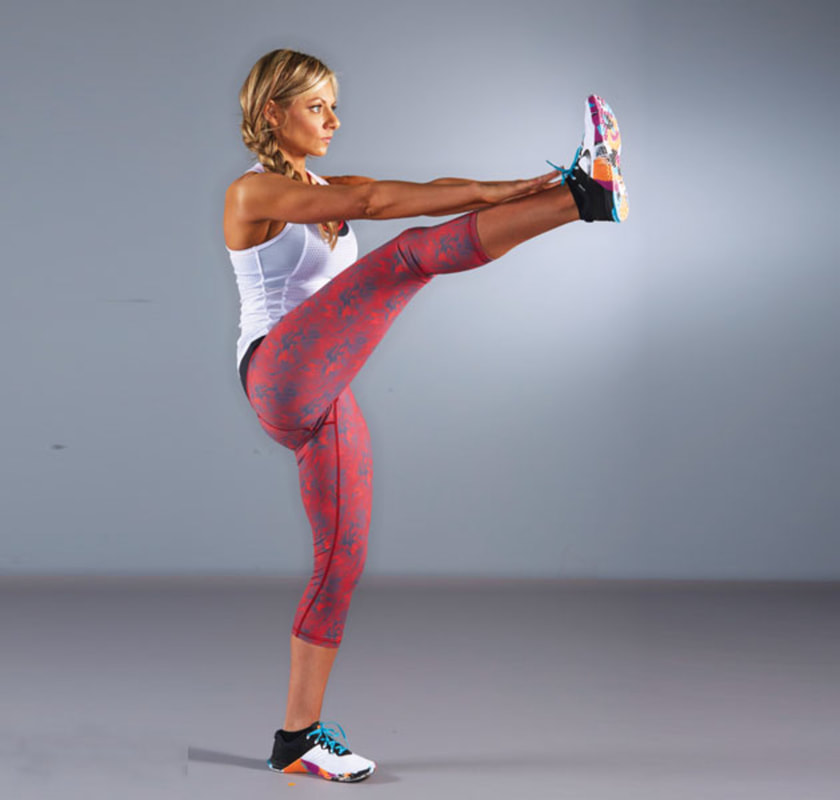
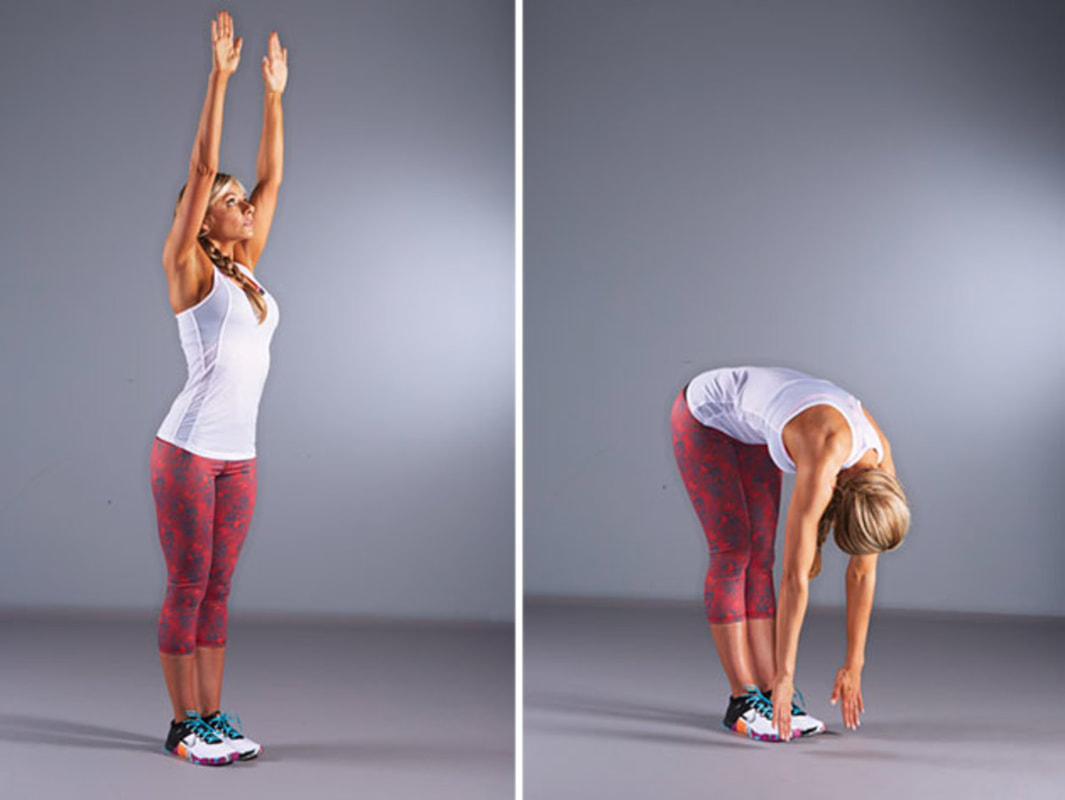
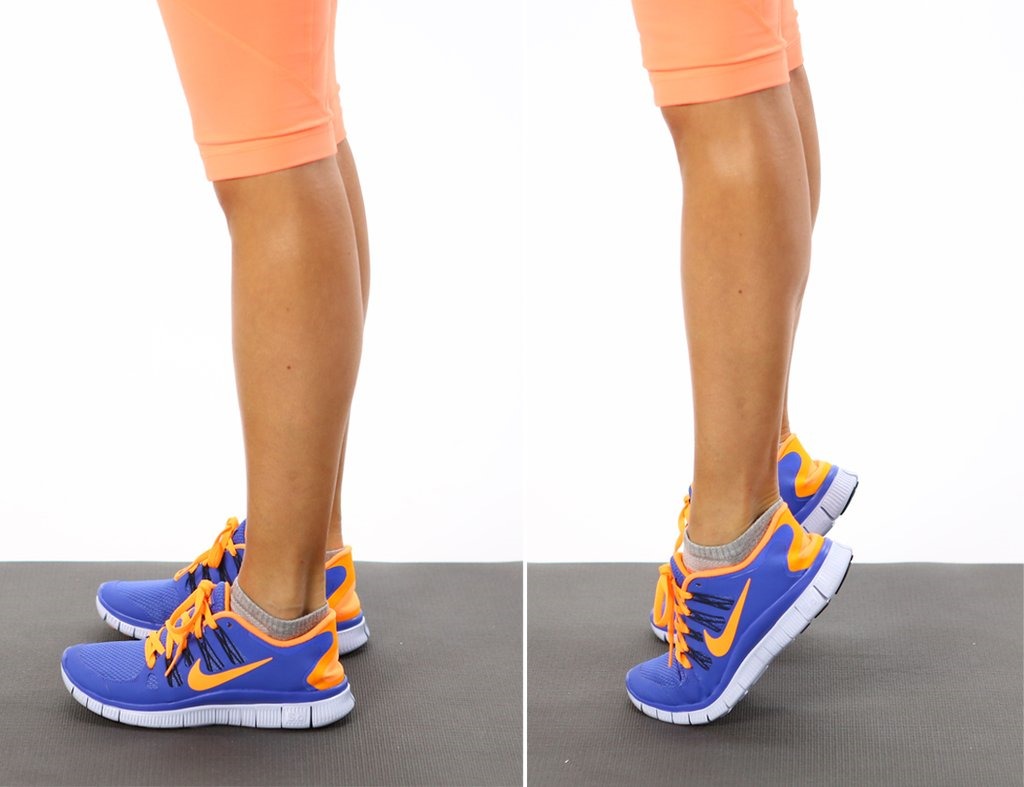
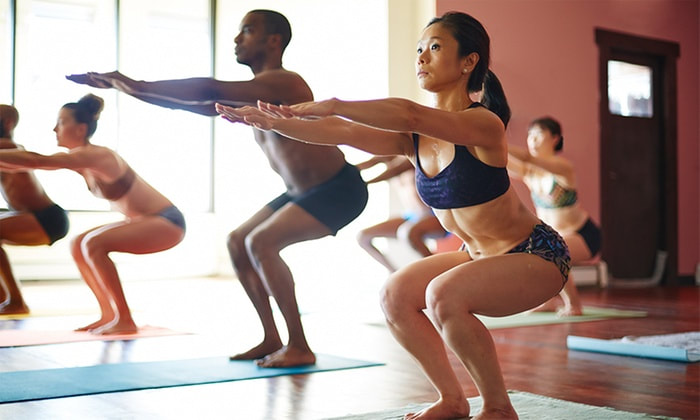
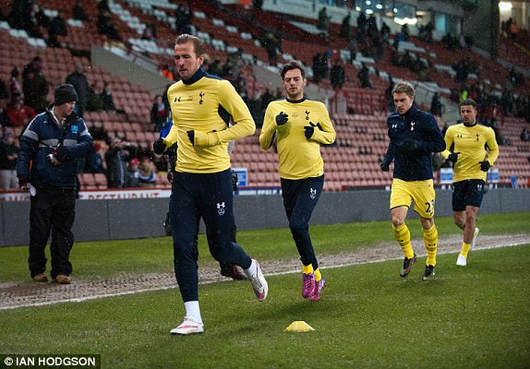
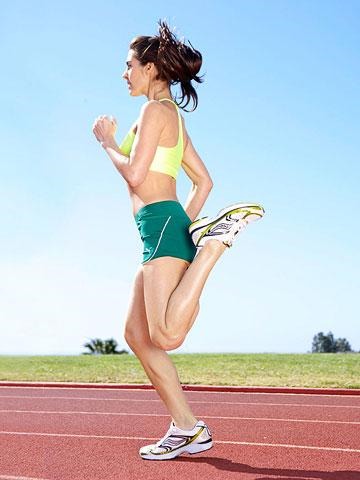
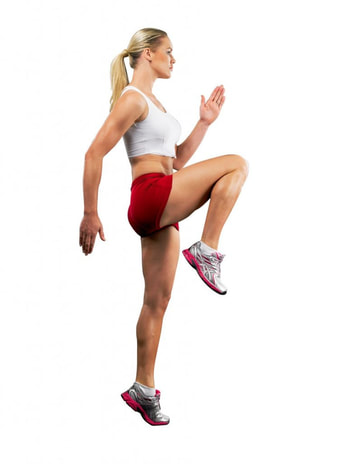
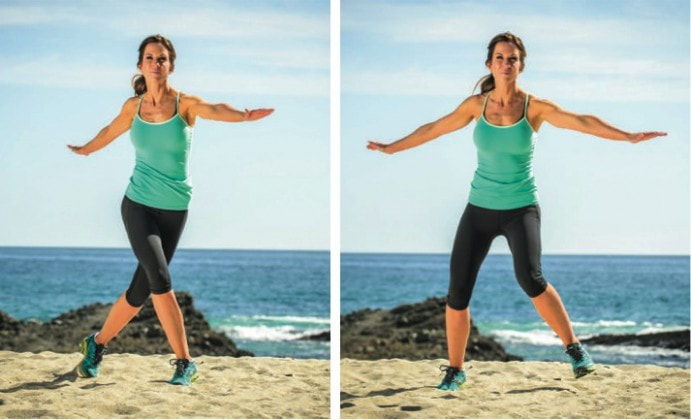
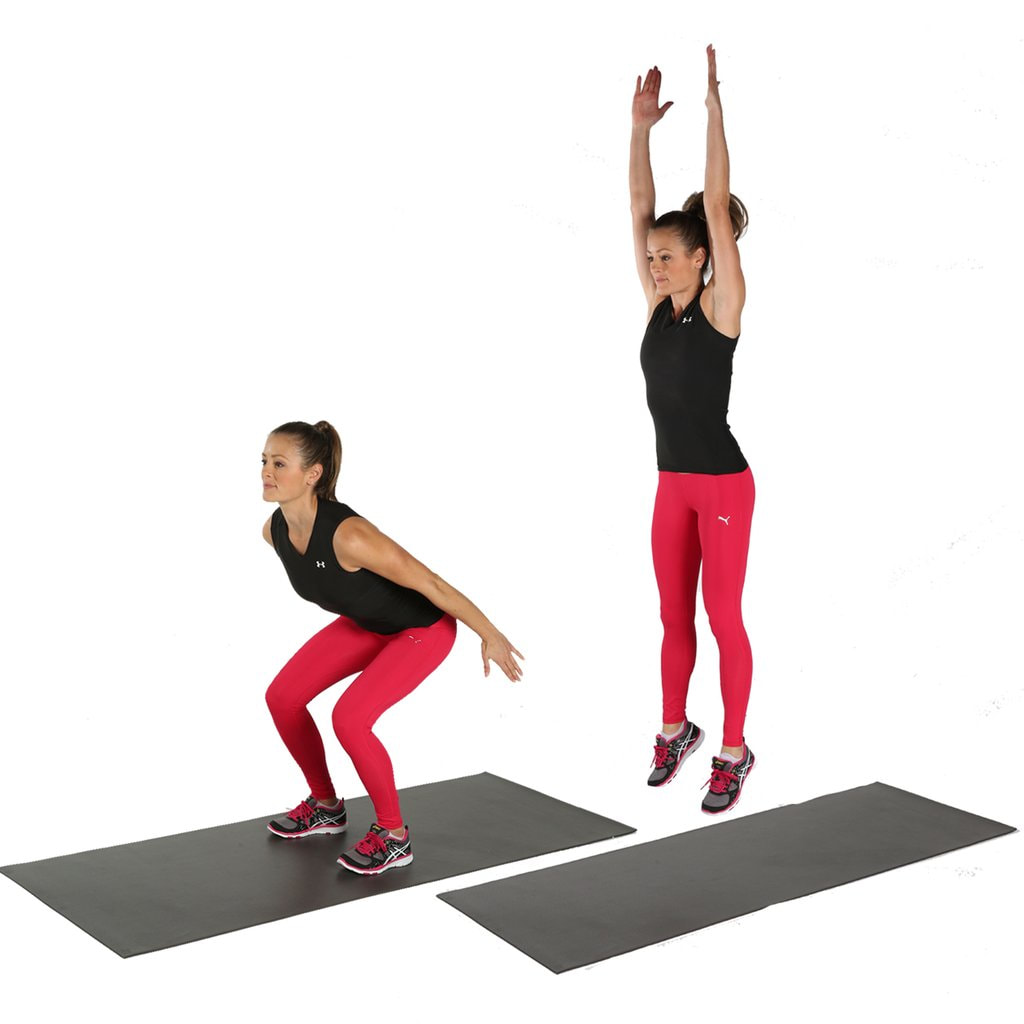
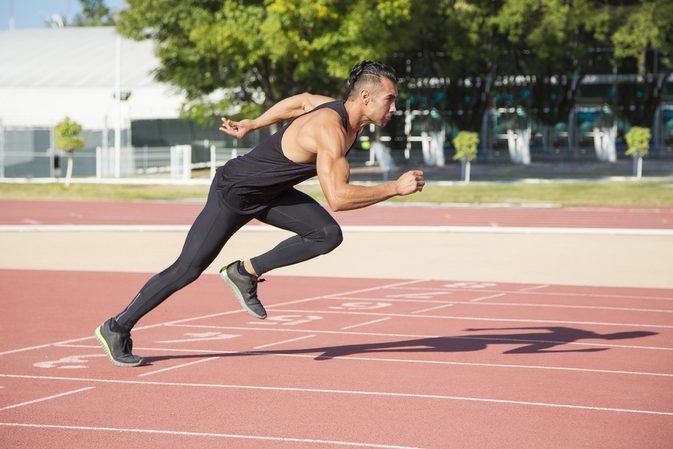
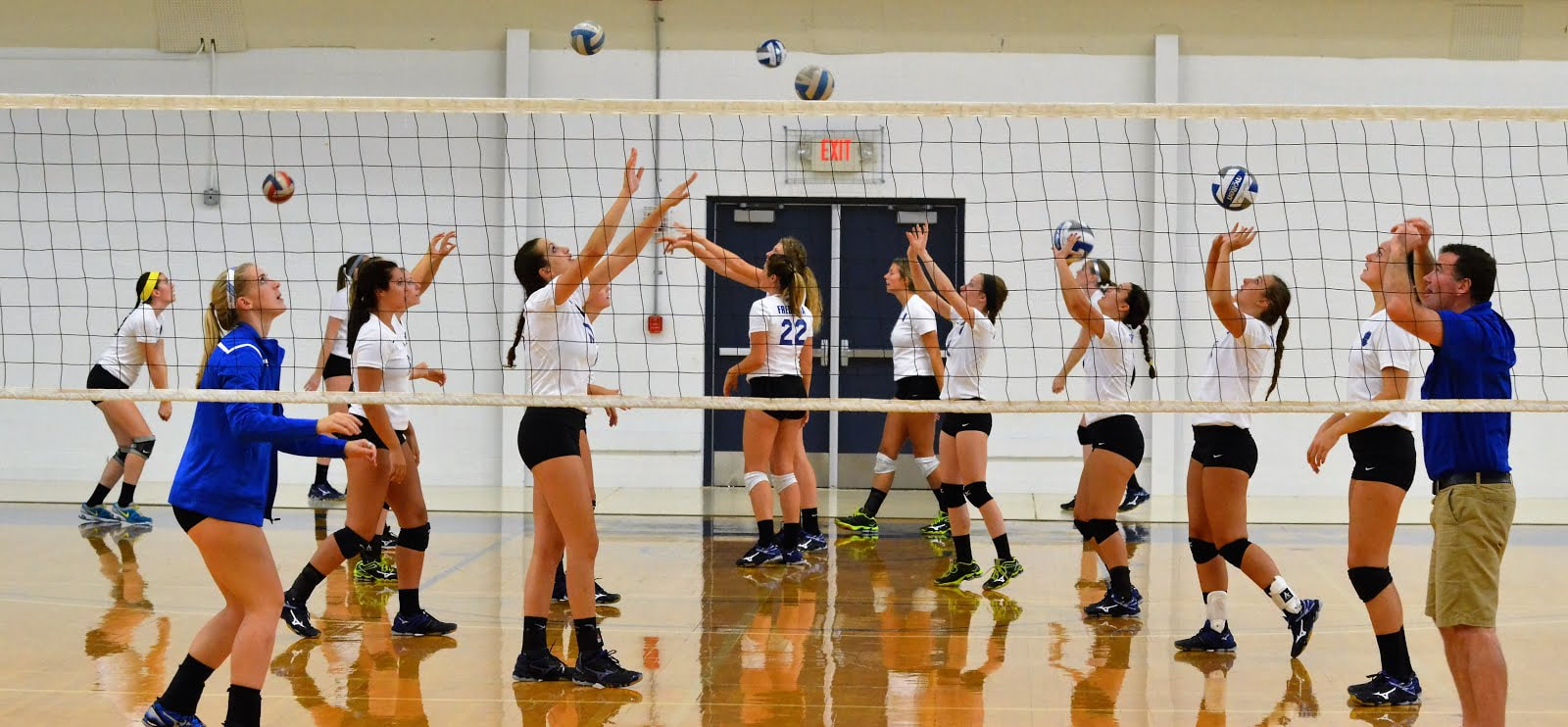
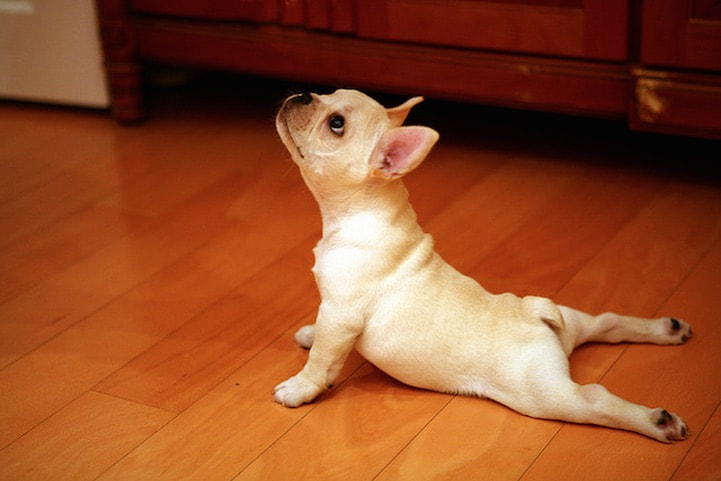

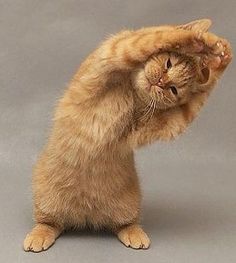



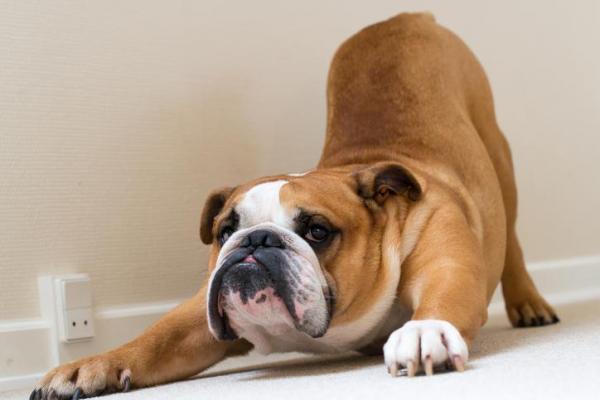


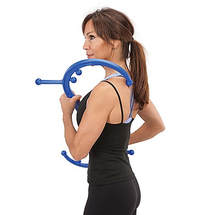
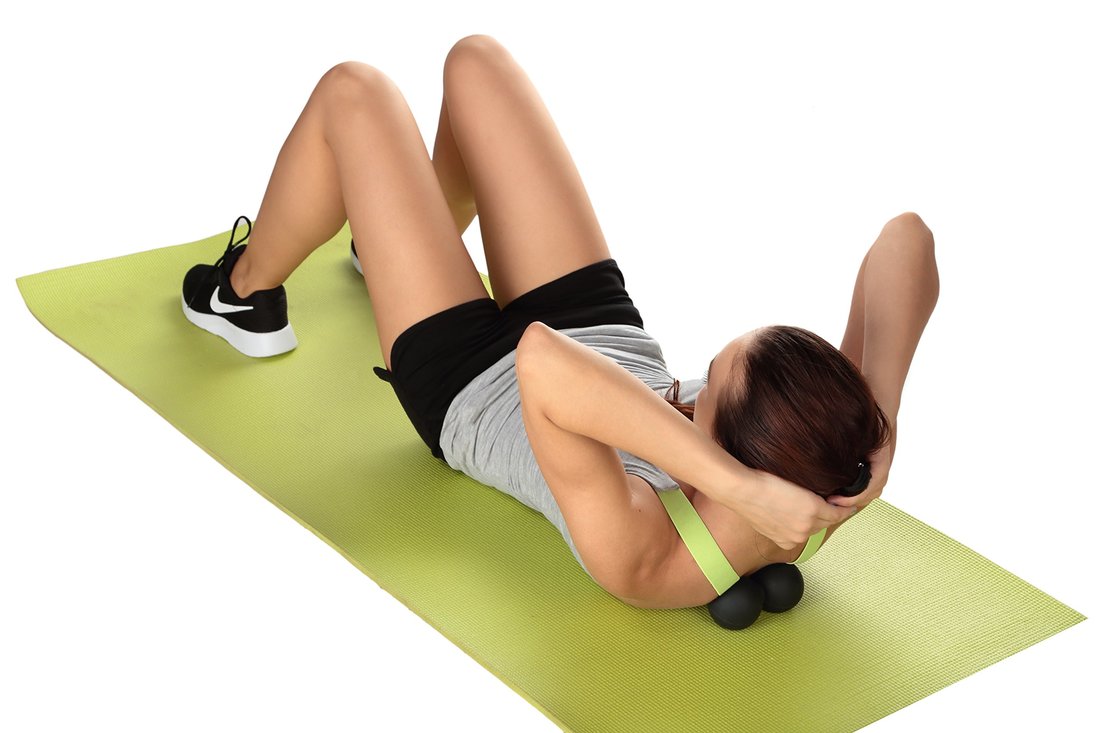
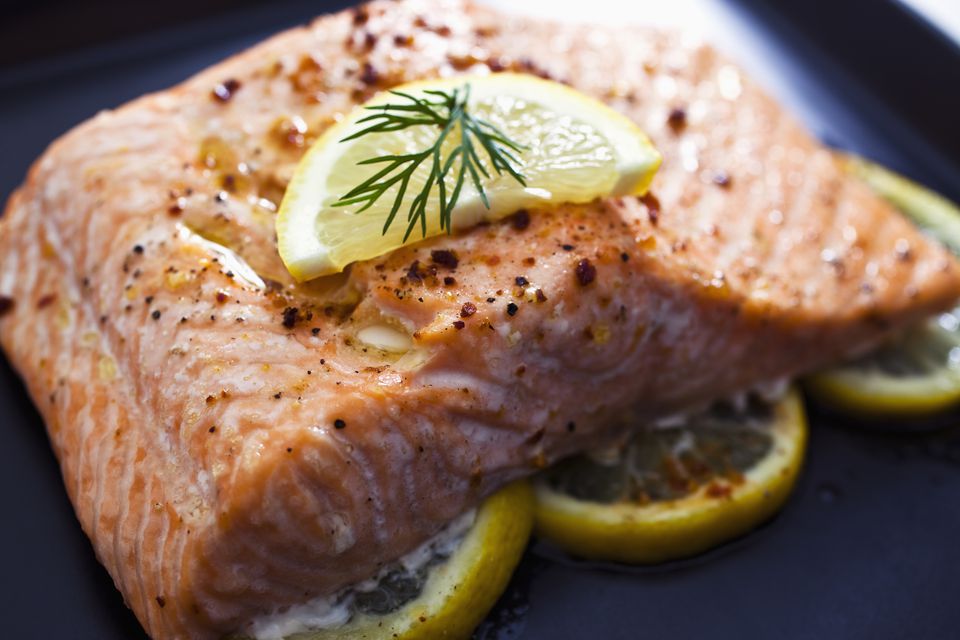
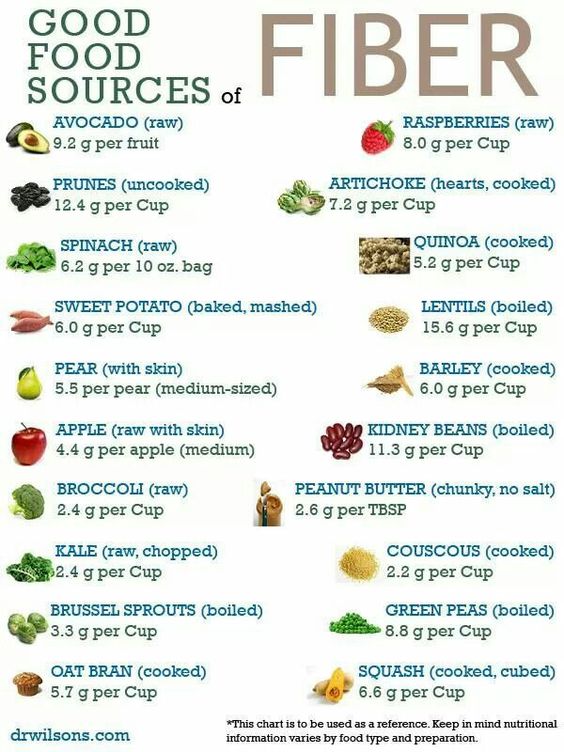

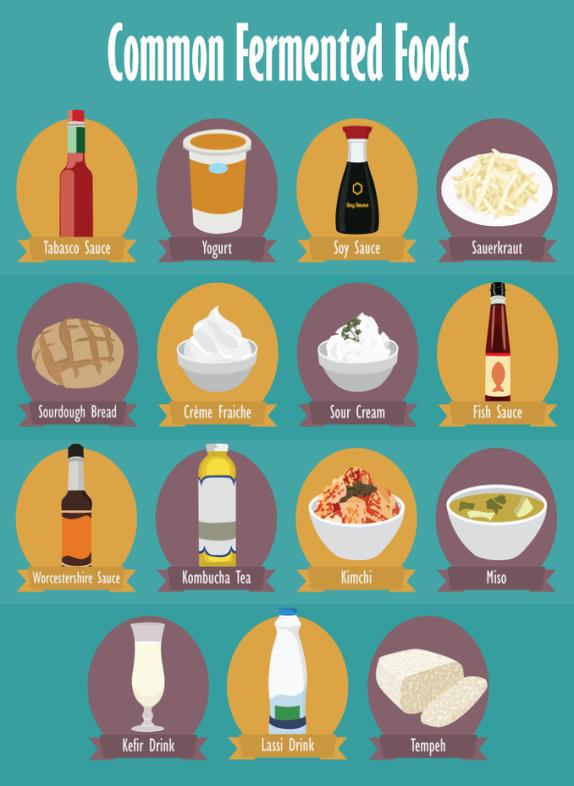




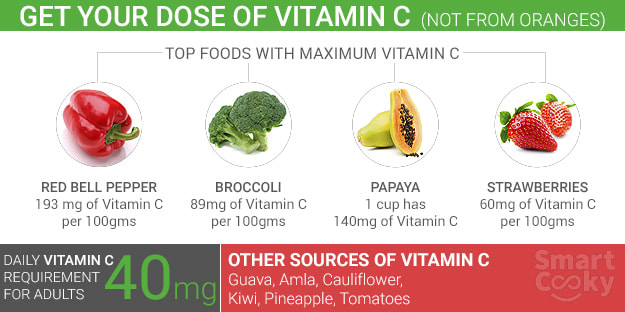


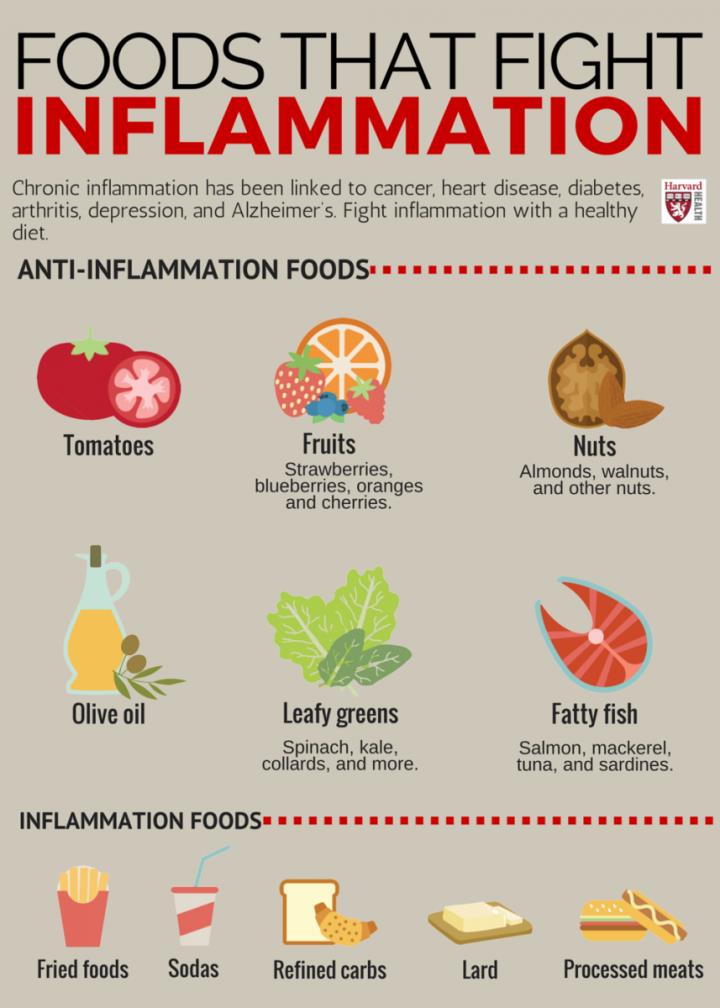

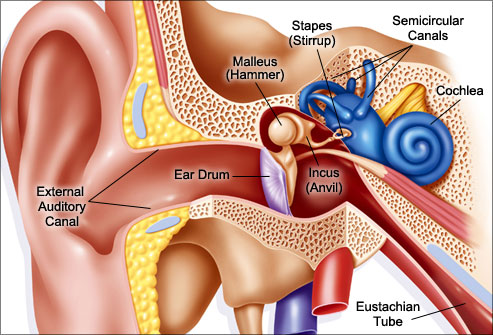
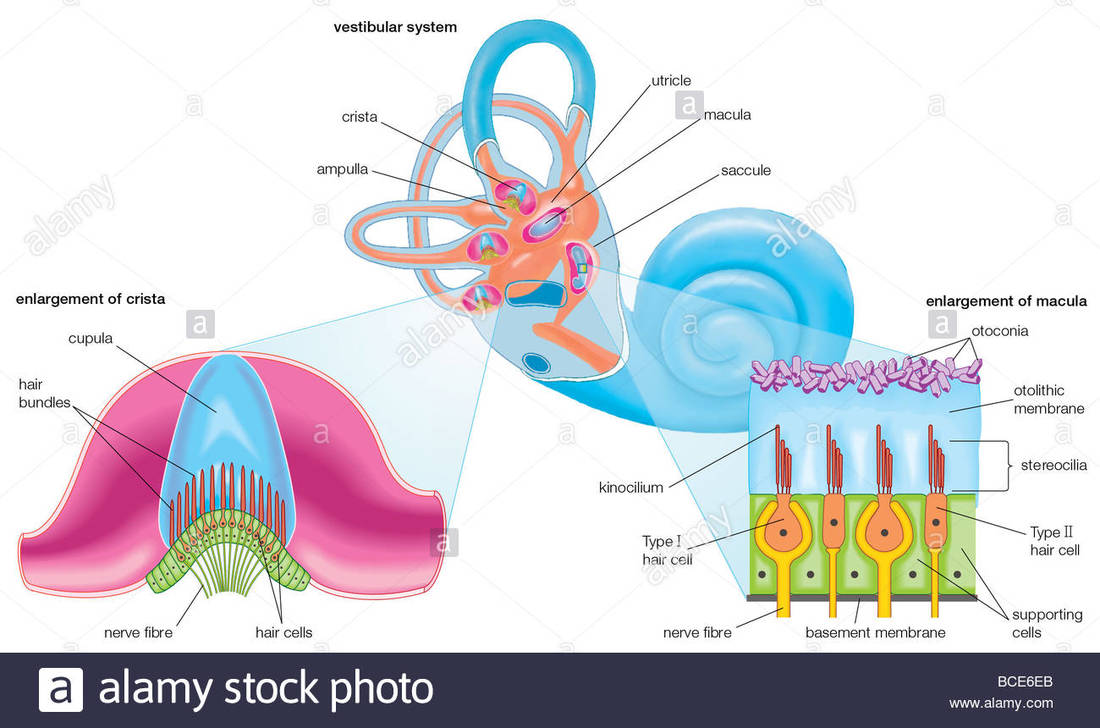
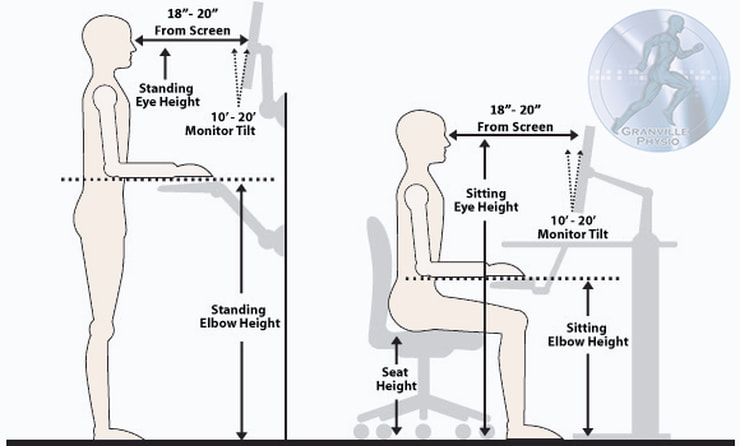
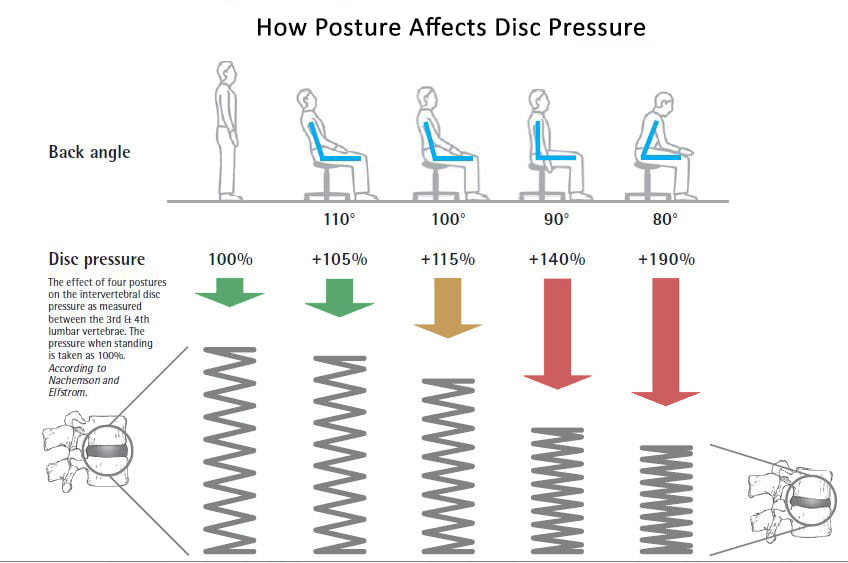
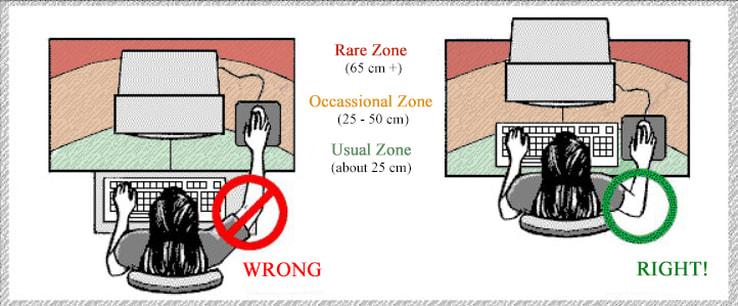
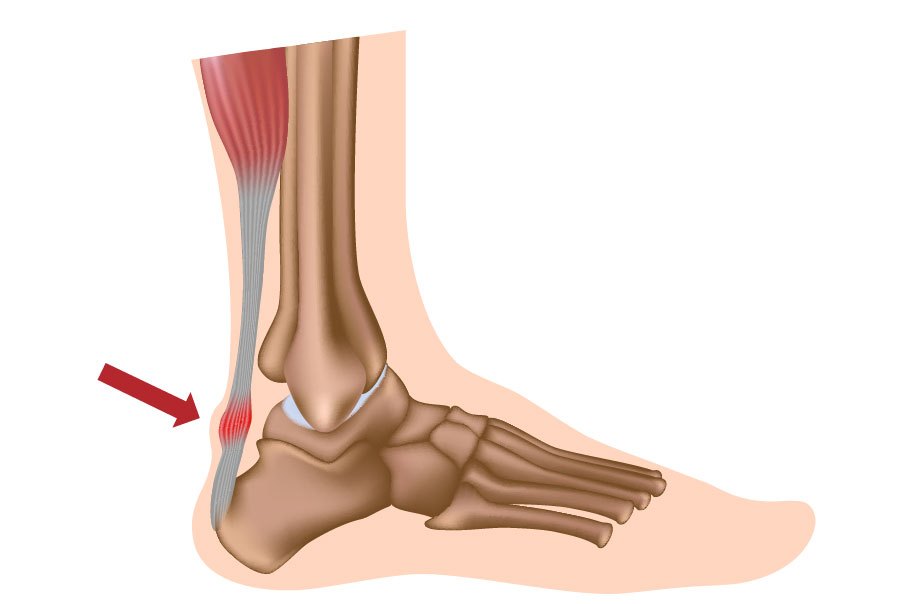
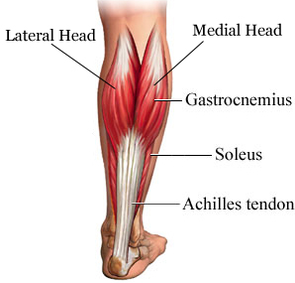
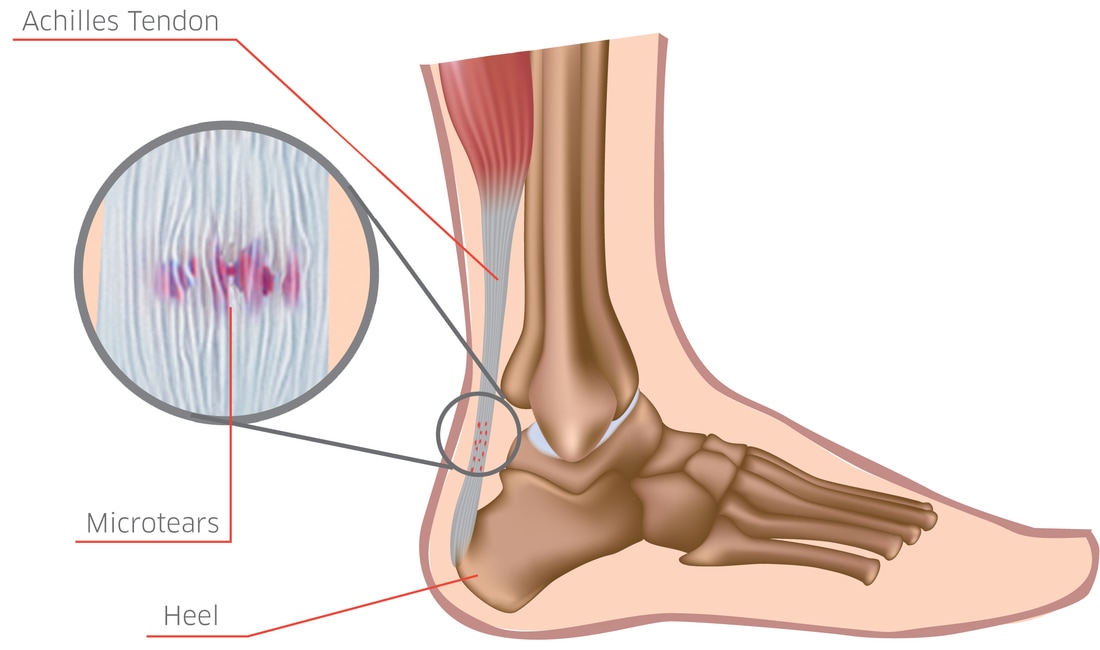
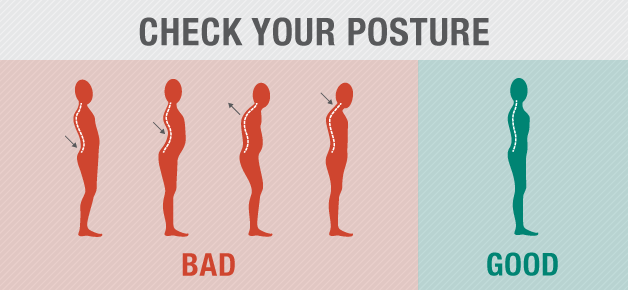

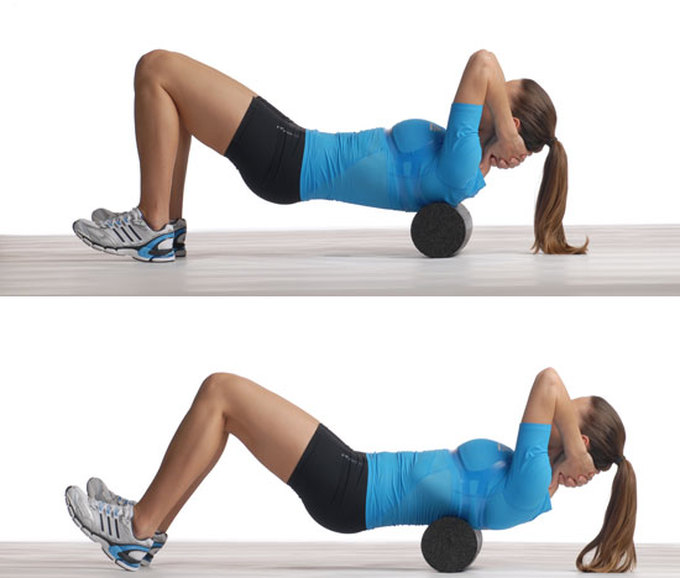
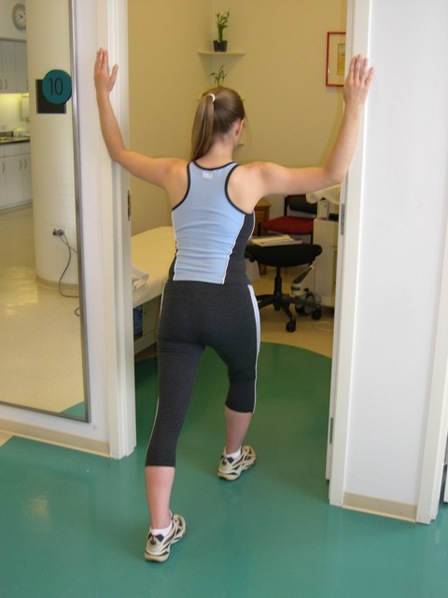
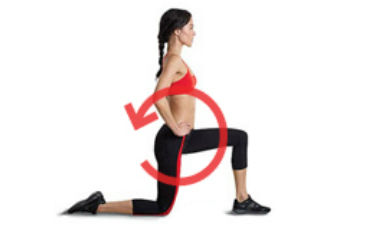
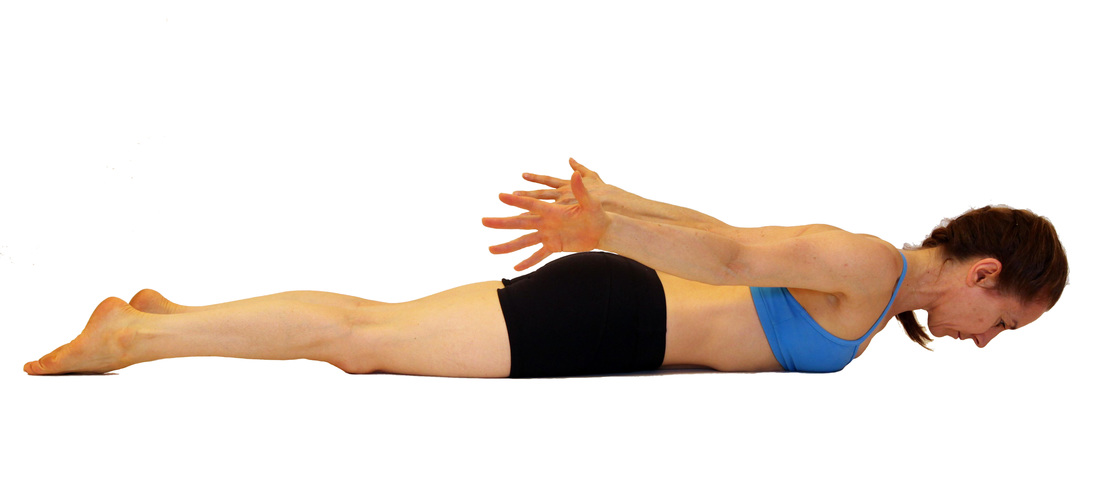
 RSS Feed
RSS Feed
